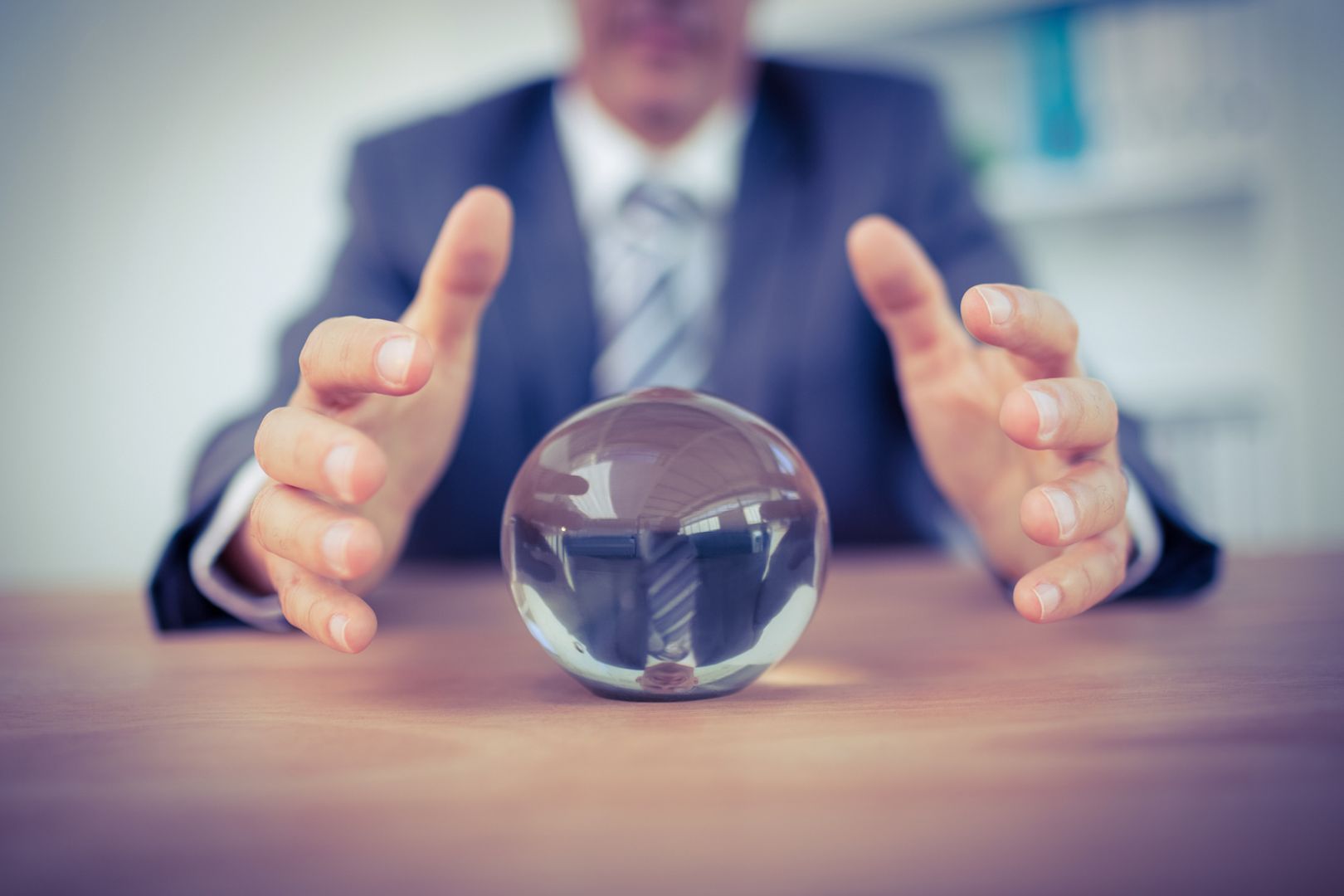
Brian Armstrong’s last-minute crypto comment turned a $4,000 prediction market into a sell-off. In a few words, the Coinbase CEO made all bets on “Bitcoin”, “Ethereum” and “Web3” pay out at once.
It was a tight market, with the biggest winner taking home just $111, according to Poymarket Analytics.
But if Armstrong’s impromptu word salad showed how ridiculous prediction markets can get, the New York City mayoral market, with $22 million in open interest, shows how serious they’ve become. Moving the odds there by just 10 percentage points would now cost roughly $1 million in concentrated purchasing power.
This is because Polymarket’s open interest reflects real money in a liquidity pool, not just the sum of theoretical bets waiting to be settled. Each trade interacts with an automated price curve backed by collateral, meaning the probabilities change gradually rather than being established by direct matches between traders.
The largest positions show how deep the pool is: whales like “dubdubdub2” and “asfgh”. each has more than $2 million backing Zohran Mamdani, according to Polymarket Analytics, while most of the big “No” traders are already suffering big losses and have little room to add capital.
Because of this, any new bets placed “out of the money” – for example, buying Andrew Cuomo at high odds or selling Mamdani near 95% – are quickly absorbed by the market maker curve, which adjusts prices based on supply and demand.
To move the odds by 10 percentage points, a trader needs to push millions of dollars in opposing orders, about a million dollars in concentrated buying or selling, before the curve begins to shift significantly. The size and structure of the market means that small attempts at manipulation are almost instantly diluted by existing capital.
Recent surveys support the market view. A Fox News poll shows Mamdani leading Cuomo by 16 points, while an Emerson College poll puts his lead at 25, showing that his 95% odds reflect voter sentiment rather than manipulation.
Perhaps there was also a misunderstanding that polls measure what voters say they will do, while prediction markets measure how sure traders are that those voters will actually do it, so a candidate who polls 50% doesn’t necessarily have a 50% chance of winning.
Ackman’s criticism overlooked what traders already knew: If Mamdani’s 95% odds were truly inflated, anyone could have taken advantage of price manipulation.
Charging…
As CSPTrading.eth put it, right now a bet on Mamdani is only a guaranteed 5% return in 10 days.



